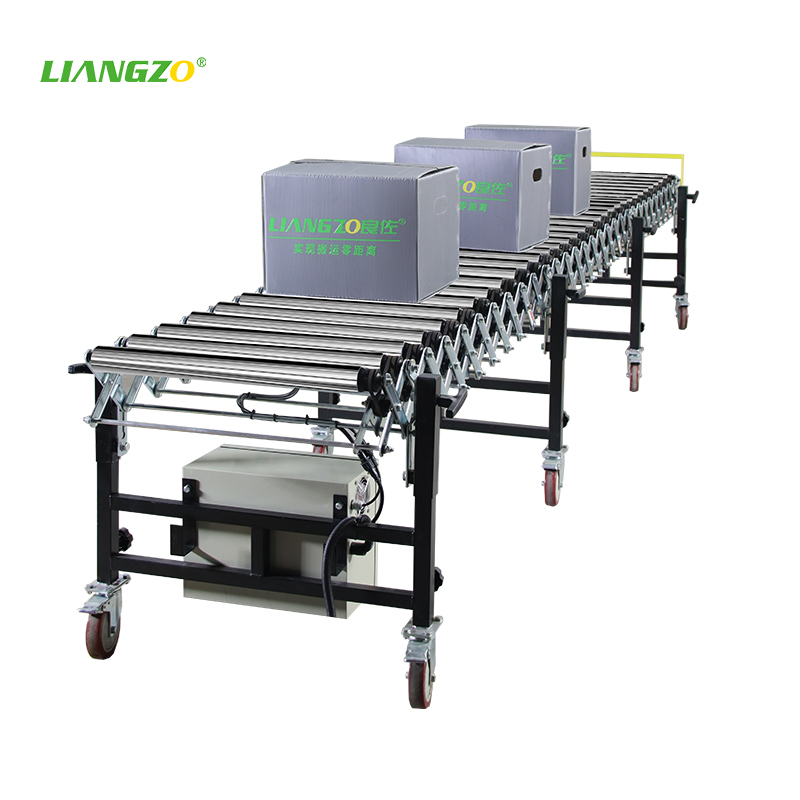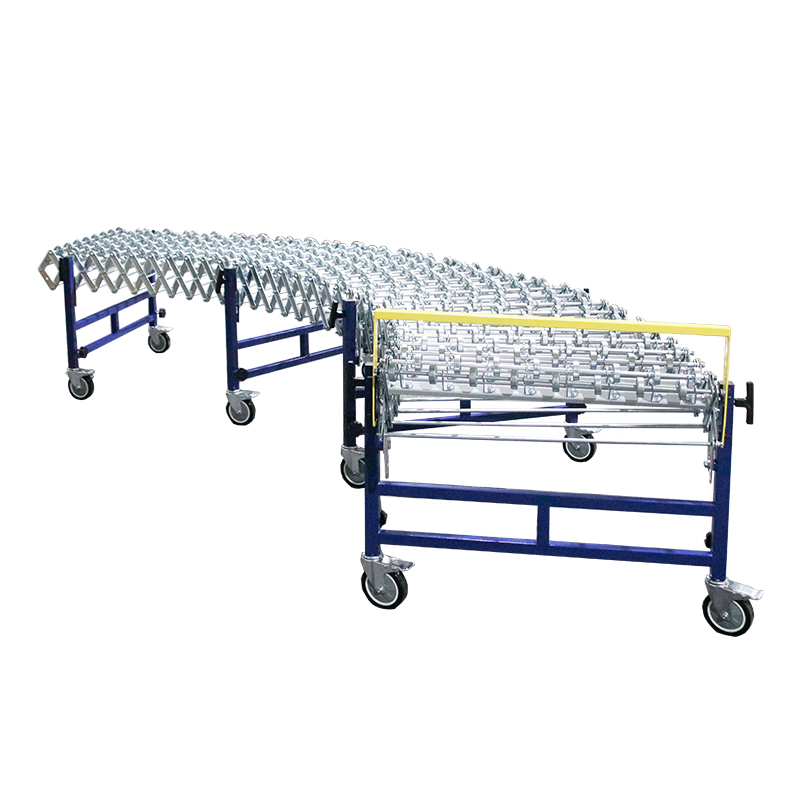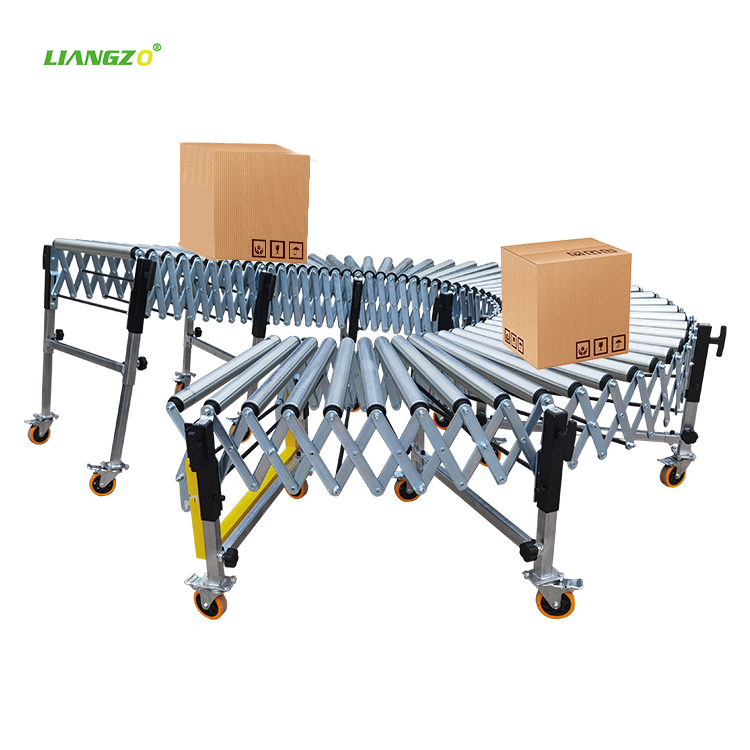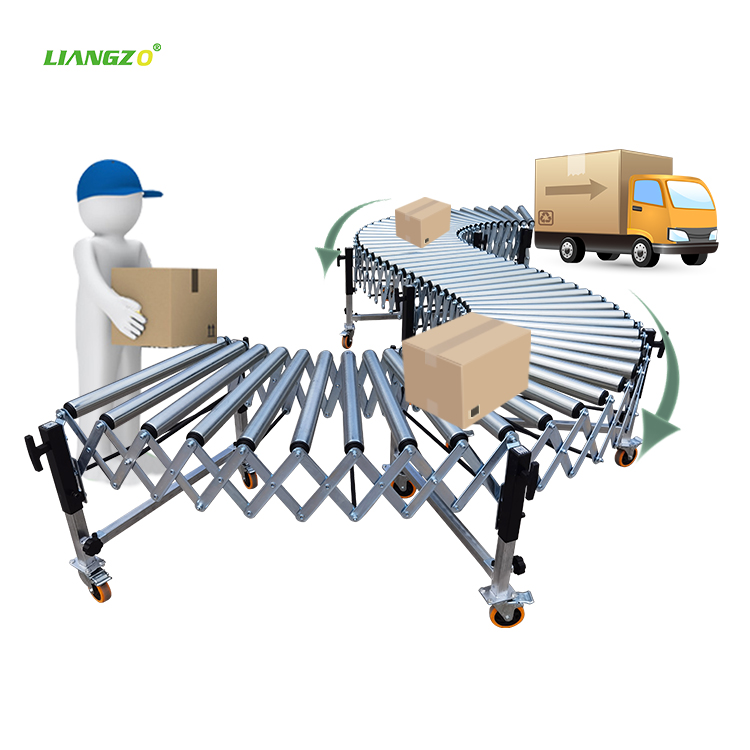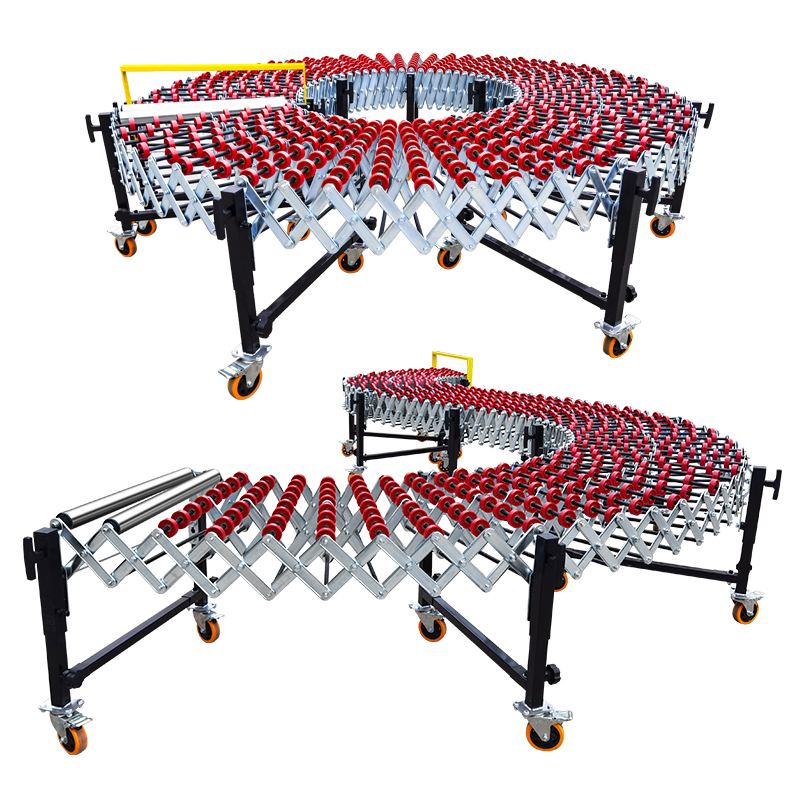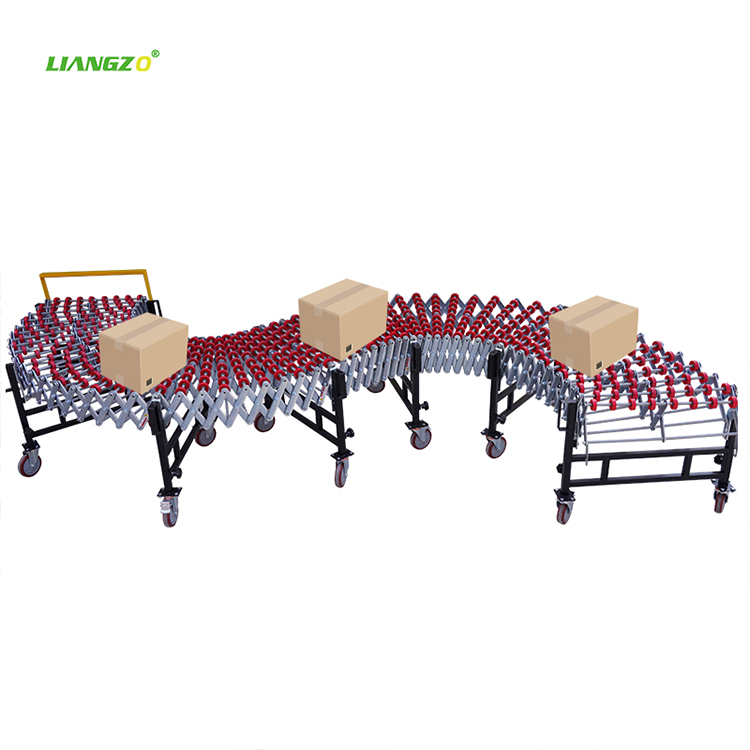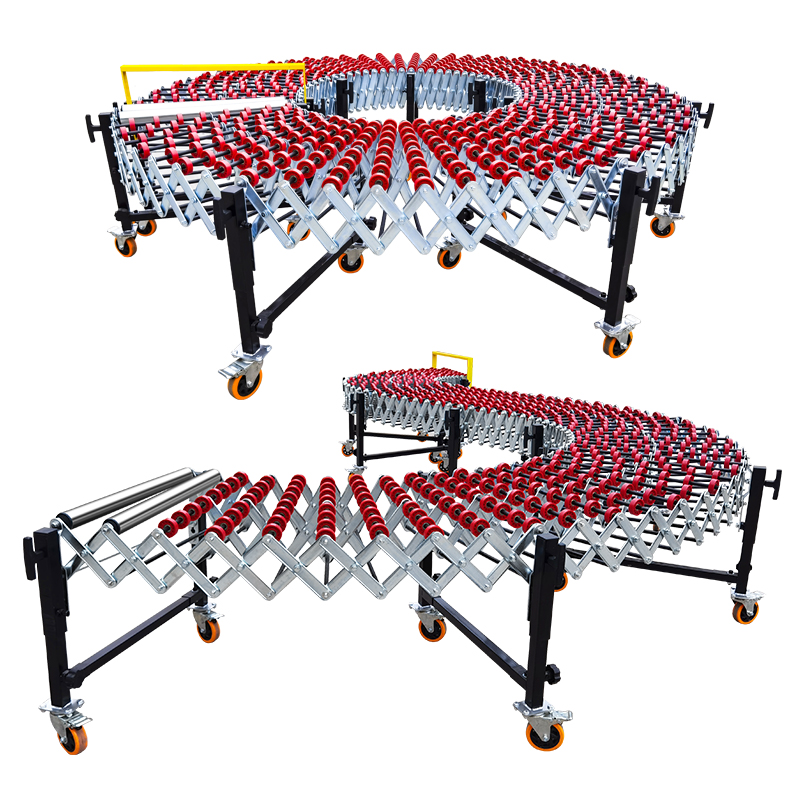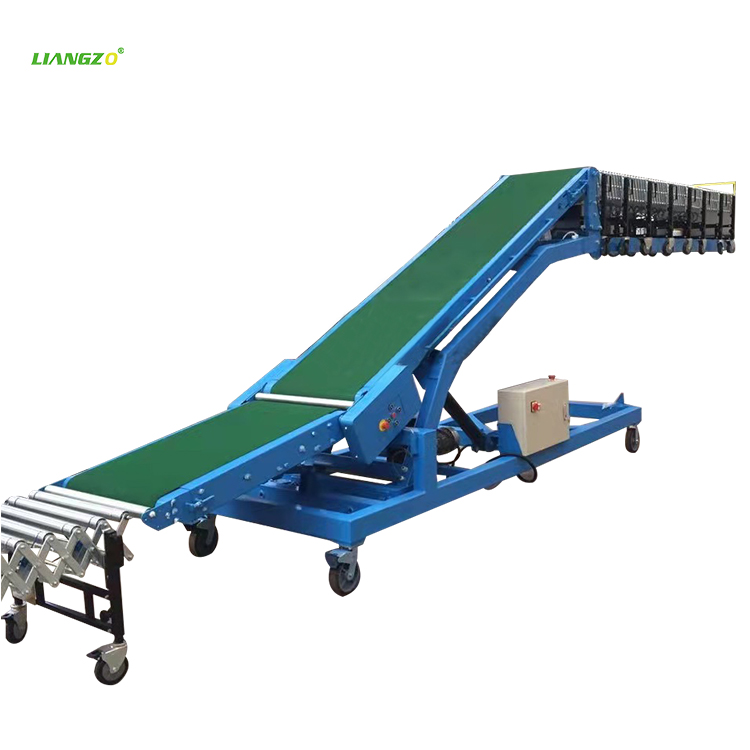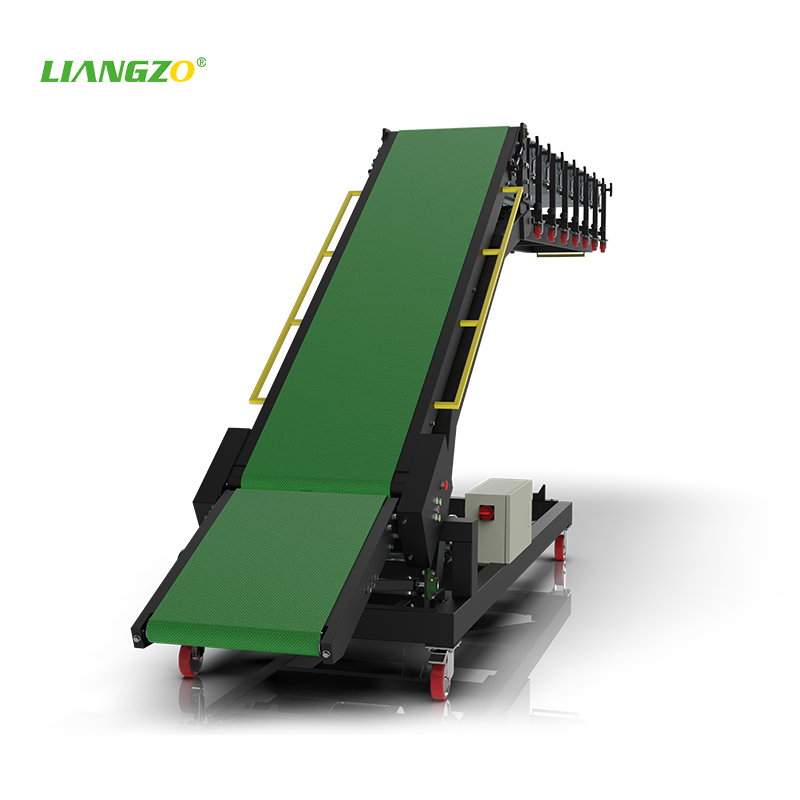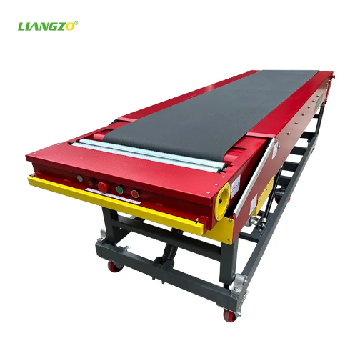The Evolution and Impact of Conveyor Systems in the Logistics Industry Introduction
The logistics industry is the backbone of global trade, ensuring the efficient movement of goods from manufacturers to consumers. One of the most critical innovations that have revolutionized this sector is the conveyor system. These automated material handling systems have significantly improved speed, accuracy, and efficiency in warehouses, distribution centers, and manufacturing plants.
As e-commerce continues to grow and consumer expectations for faster deliveries rise, conveyor systems have become indispensable. This article explores the types of conveyor systems, their benefits, technological advancements, challenges, and future trends in the logistics industry.
1. What is a Conveyor System?
A conveyor system is a mechanical handling equipment designed to transport materials, packages, or products from one location to another with minimal human intervention. These systems consist of belts, rollers, chains, or other mechanisms that move goods efficiently within a facility.
Conveyor systems are widely used in:
Warehousing & Distribution Centers – For sorting, packing, and shipping.
Manufacturing Plants – To move raw materials and finished products.
Airports & Postal Services – For baggage handling and mail sorting.
Retail & E-commerce Fulfillment Centers – To manage high-volume order processing.
2. Types of Conveyor Systems in Logistics
There are several types of conveyor systems, each suited for specific logistics applications:
A. Belt Conveyors
Use a continuous loop of material (rubber, fabric, metal) to move items.
Ideal for transporting bulk goods (boxes, parcels, grains).
Commonly used in packaging, sorting, and assembly lines.
B. Roller Conveyors
Utilize cylindrical rollers to move items.
Gravity roller conveyors rely on manual pushing or slope.
Powered roller conveyors use motors for automated movement.
Best for heavy loads (pallets, crates, drums).
C. Chain Conveyors
Use chains to drag or push materials.
Suitable for heavy-duty applications (automotive, construction materials).
D. Overhead Conveyors
Suspended from ceilings to save floor space.
Used in garment industries, painting lines, and assembly processes.
E. Pneumatic & Vacuum Conveyors
Transport lightweight materials (powders, granules) using air pressure.
Common in food processing and pharmaceutical industries.
F. Automated Sortation Conveyors
Integrate sensors, barcode scanners, and diverters to sort packages.
Essential for e-commerce fulfillment centers and parcel distribution.
3. Benefits of Conveyor Systems in Logistics
A. Increased Efficiency & Productivity
Automates repetitive tasks, reducing manual labor.
Speeds up order processing and reduces bottlenecks.
B. Cost Savings
Lowers labor costs by minimizing human intervention.
Reduces product damage due to smooth handling.
C. Enhanced Accuracy
Automated sorting minimizes errors in order fulfillment.
Barcode/RFID integration ensures precise tracking.
D. Space Optimization
Modular designs fit into compact warehouse layouts.
Overhead conveyors free up floor space.
E. Scalability
Easily expandable to accommodate business growth.
Can be integrated with robotics and AI for smart logistics.
4. Technological Advancements in Conveyor Systems
A. IoT & Smart Conveyors
Sensors monitor performance, predict maintenance needs.
Real-time data analytics optimize workflow.
B. AI & Machine Learning
AI-powered sortation improves accuracy.
Predictive maintenance reduces downtime.
C. Robotics Integration
Collaborative robots (cobots) work alongside conveyors for picking & packing.
Autonomous mobile robots (AMRs) enhance flexibility.
D. Energy-Efficient Designs
Regenerative drives reduce power consumption.
Solar-powered conveyors for sustainable logistics.
E. Modular & Flexible Conveyors
Reconfigurable systems adapt to changing demands.
Plug-and-play components for easy upgrades.
5. Challenges in Implementing Conveyor Systems
Despite their advantages, conveyor systems come with challenges:
A. High Initial Investment
Capital costs for installation and automation can be significant.
B. Maintenance Requirements
Regular servicing is needed to prevent breakdowns.
C. Integration Complexity
Compatibility issues with existing warehouse systems.
D. Space Constraints
Large conveyor systems may not fit in small facilities.
E. Workforce Training
Employees need training to operate advanced systems.
6. Future Trends in Conveyor Systems
A. Hyper-Automation
Fully automated warehouses with minimal human involvement.
B. Blockchain for Supply Chain Transparency
Secure tracking of goods from production to delivery.
C. 3D Printing for Custom Conveyor Parts
On-demand manufacturing of conveyor components.
D. Green Logistics
Eco-friendly materials and energy-saving technologies.
E. Autonomous Conveyor Networks
Self-adjusting systems using AI for dynamic routing.
Conclusion
Conveyor systems have transformed the logistics industry by enhancing speed, accuracy, and efficiency. With advancements in AI, IoT, and robotics, these systems are becoming smarter and more adaptable. While challenges like high costs and maintenance persist, the benefits far outweigh the drawbacks.
As logistics continues to evolve, conveyor systems will remain a cornerstone of modern supply chains, driving innovation and meeting the demands of a fast-paced global market.


